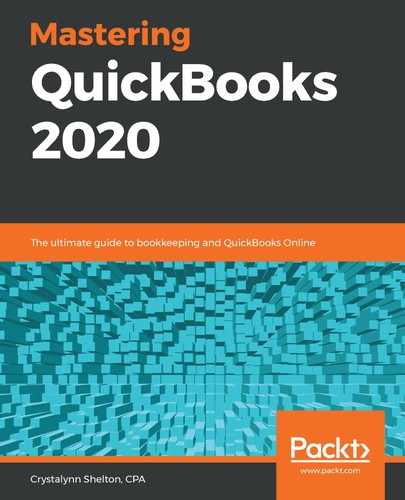As discussed, the key to ensuring the accuracy of payroll checks, payroll tax forms, and payments is to ensure your payroll is set up properly. To set up a payroll, you will need to gather information from your employees. Also, you will need to have certain documents and information handy to complete the employer information section.
The following is a summarized checklist of the information required to set up your payroll:

The following is a brief explanation of the employee information required to set up payroll:
- Hire Date: This is the official start date for an employee. This information will be used to determine benefits eligibility as well as vacation and sick pay.
- Form W-4: This is an official form issued by the Internal Revenue Service (IRS) to gather employee withholding information. You can download this form from IRS.gov and include it in your employee new hire packet.
- Salary or Hourly rate: This is the agreed-upon salary or hourly rate for an employee.
- Payroll Deductions and Contributions: These are the deductions or contributions for health care, 401K, or other benefits an employee has agreed to participate in.
- Payment Method: Most employers will pay their employees in the form of a check or direct deposit. If the employee signs up for the direct deposit, they will need to complete a direct deposit authorization form.
- Direct Deposit Authorization: This form gives the employer the authority to deposit funds into an employee's bank account. Employers must keep this form on file along with other payroll information.
The following is a brief explanation of the employer information required to set up a payroll:
- Federal Employer Identification Number (FEIN): Employers are required to have a federal tax ID number before they can process payroll for employees. This number is used by the IRS to keep track of employee and employer payroll tax payments and filings. If you don't have an FEIN, you can apply for one at IRS.gov.
- State Employer Identification Number: If you live in one of eight states that are subject to income tax, you will need to apply for a state employer identification number. Similar to the FEIN, the state employer ID number is used to keep track of payroll taxes.
- Bank Account Information: As discussed, you need to set up a separate bank account to keep track of payments made to employees in the form of payroll checks or direct deposit. Also, all payroll tax payments made to the IRS or your state need to be made out of this account. Since most payments are made electronically, you will need the routing number of your financial institution and full account number.
Similar to your business checking account, you will need to add the payroll bank account to your chart of accounts list in QuickBooks. Refer to Chapter 4, Customizing QuickBooks for your Business. In this chapter, we cover how to add an account to the chart of accounts list.
- Employee Benefits: Details regarding benefits provided to employees will need to be entered into QuickBooks. This includes the employee and employer portion of health care, 401K plans, and sick leave and vacation pay.
- Employee Travel Reimbursement policy: If employees travel on behalf of your business and incur expenses such as business meals, airfare, and hotel costs, you need to set up your payroll to reimburse employees for these.
A simpler way to handle employee reimbursements is to process the payments outside of payroll. This would involve setting up an employee as a vendor and writing a check to reimburse them for business expenses paid with personal funds.
- Other Compensation: If you pay bonuses or commissions or make other forms of payment to employees, you will need to include this information in your payroll setup.
- Other Deductions: On occasion, you may receive wage garnishments for employees who owe back taxes or child support. These are court-ordered requests that you cannot ignore. Instead, you must set up the garnishment amount as a deduction for the employee. These requests will typically have an end date that is based on the total outstanding amount. Be sure to set these payments up exactly as they are outlined in the letter. If you don't, you could be subject to penalties as a result.
